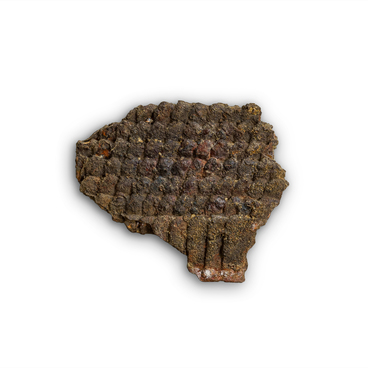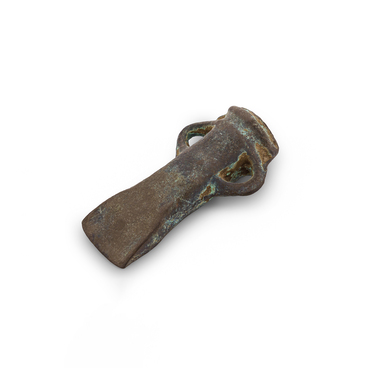The artifact on display is a Bronze Age tube made from animal bone. It is believed that the inhabitants of the Don region applied this tube to milk domesticated animals. According to Herodotus, similar tubes were also used by the Scythians, likely, for milking horses.
The domestication of animals has a long history, with dogs being the first animals to be tamed by humans. This process most likely occurred at the end of the Upper Paleolithic period. The domestication of animals did not fundamentally change human life. During the Neolithic period, people domesticated small and large cattle, as well as pigs, and developed agriculture. All that lead to major changes in daily activities of humans.
Even Neolithic societies transitioned to a more productive economy. This transformation was referred to as the Neolithic Revolution. However, initially, humans primarily bred animals for their meat. It was not until much later that humans began to utilize secondary animal products, such as wool for textiles and milk for a variety of dairy items. The process of these innovations is known as the secondary products revolution.
Horses were domesticated at a relatively late stage. At first, they were likely bred for their meat, and then utilized as a source of draft power, harnessed to carts and chariots. Only after many generations of selective breeding did horsemanship become possible. It is understood that mare’s milk eventually became an important product for ancient breeders.
Initially, the production and consumption of dairy products among ancient people was limited. Genetic studies have shown that the earliest animal breeders and farmers suffered from lactose intolerance, which prevented them from consuming milk in its natural form as adults.
However, over time, through
selective breeding, alleles associated with successful milk digestion have
become more prevalent. This allowed humans to expand the range of suitable
dairy products. Researchers note that while most people in Europe can digest
milk in its pure form today, in Japan and other regions, many individuals still
experience difficulties with lactose.



